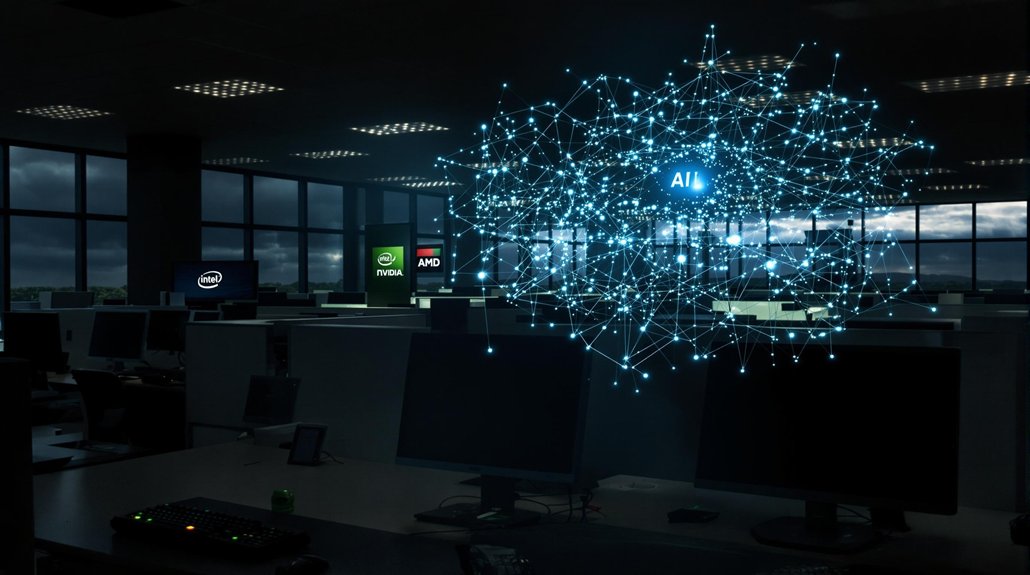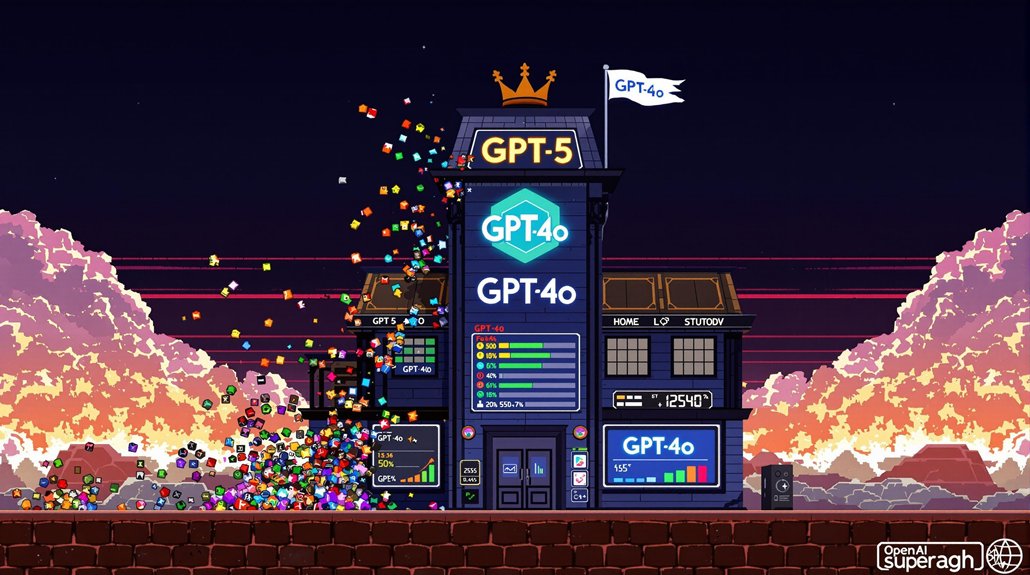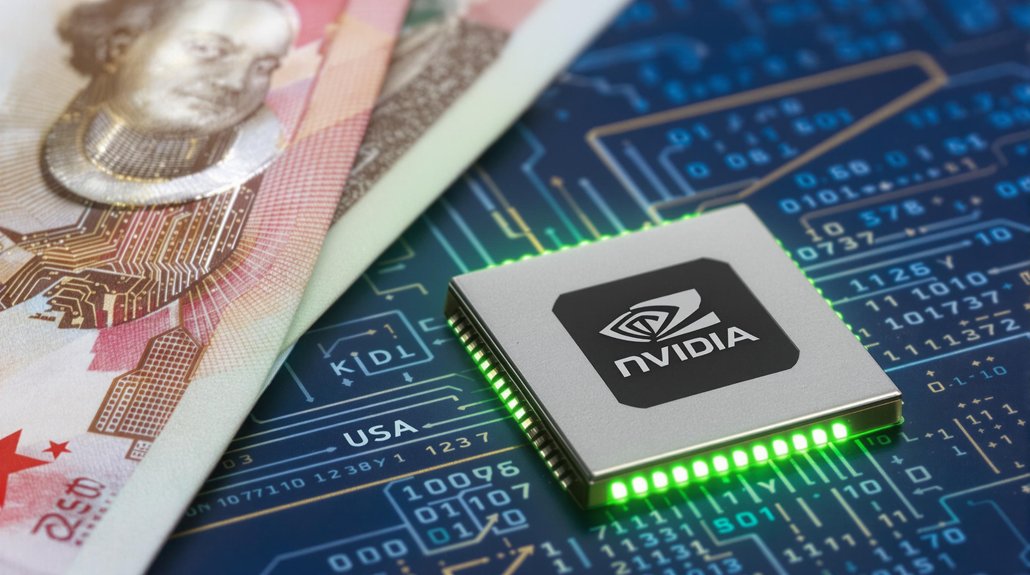Intel axed 12,000 jobs globally by late July 2025, leading the tech sector’s brutal layoff parade this year. The semiconductor giant announced about 4,000 U.S. cuts on July 14, with Oregon taking a beating—roughly 2,400 to 2,500 positions gone.
Another 529 Oregon workers got pink slips starting July 15. The bloodbath isn’t over. Reports suggest Intel’s targeting 24,000 to 25,000 roles total, about 15% of its workforce.
New CEO Lip-Bu Tan arrived with a machete, not a scalpel. The April restructuring reportedly aimed for a 20% workforce reduction. That’s not trimming fat—that’s amputation.
Intel’s framing this massacre as necessary to compete with Nvidia and AMD in AI semiconductors. Translation: they’re getting crushed and desperate. The company’s foundry division contributed to massive financial pressure with a $7 billion operating loss in 2024.
Intel’s getting crushed by Nvidia and AMD—these cuts are pure desperation, not strategy.
The cuts hit everyone. Technicians, engineers, management—nobody’s safe. Earlier promises of management-focused reductions? Forget it.
Intel even killed its automotive chip division in June, part of what they’re calling “portfolio rationalization.” Nice euphemism.
This isn’t happening in a vacuum. The entire tech sector surpassed 100,000 layoffs by late July 2025. Companies are dumping workers while throwing money at AI infrastructure. Microsoft confirmed 9,000 role cuts in July while reporting strong earnings of $70.1 billion in Q1 2025, a 13% increase from last year.
Meta’s offering massive incentives for AI talent while simultaneously conducting layoffs. Makes perfect sense, right?
The numbers tell an ugly story. Over 10,000 U.S. job cuts in 2025 directly linked to generative AI adoption through July, according to Challenger, Gray & Christmas.
July alone saw more than 10,000 AI-cited eliminations. Total U.S. job cuts exceeded 806,000 in the first seven months of 2025—highest since 2020’s pandemic nightmare.
Tech companies have shed over 89,000 workers this year, with 27,000-plus cuts since 2023 blamed on AI-driven redundancy. AI ranks among the top five causes of workforce reductions in 2025.
The robots aren’t coming for your job—they’re already here.
Intel’s scrambling to stay relevant while Nvidia and AMD dominate AI accelerators. Despite experts predicting AI will affect 40% of jobs globally, Intel appears to be on the losing side of this economic transformation. The company halted dividends in 2024, signaling financial distress before this year’s carnage.
Their core businesses are eroding, market share evaporating. The semiconductor pioneer that once ruled the industry now looks like roadkill on the AI highway.
References
- https://webtechneeq.com/blog/why-intel-is-cutting-4000-jobs-inside-the-2025-tech-layoff-wave/
- https://www.finalroundai.com/blog/ai-tech-layoffs-mid-2025
- https://www.tomshardware.com/tech-industry/tech-industry-layoffs-hit-100-000-for-2025-intel-leading-the-pack-with-over-12-000-personnel-cut-so-far
- https://fortune.com/2025/08/08/ai-layoffs-jobs-market-shrinks-entry-level/
- https://fortune.com/2025/08/07/summer-of-ai-layoffs-july-140-percent-spike-challenger-gray-christmas/









